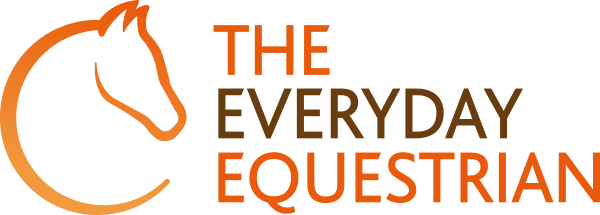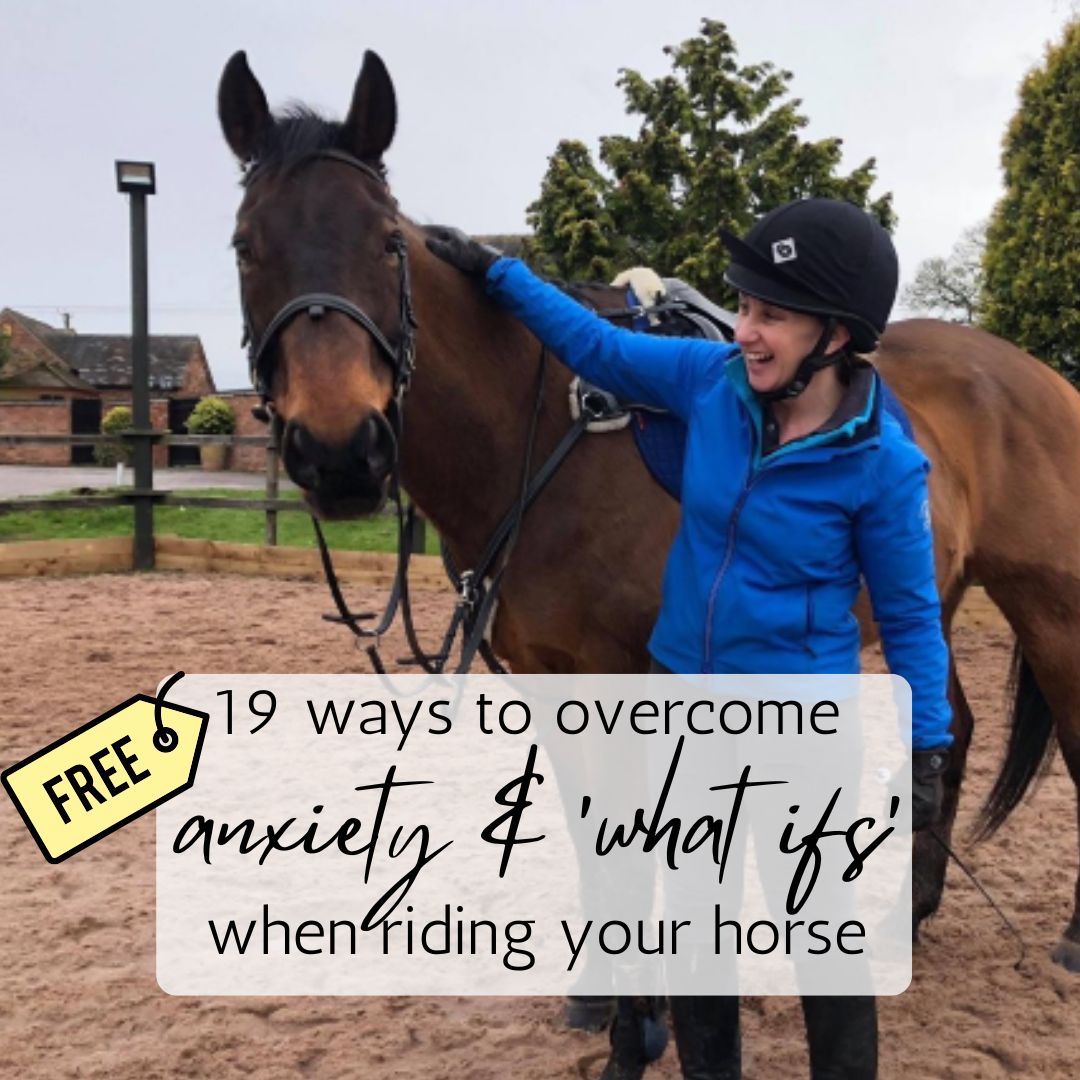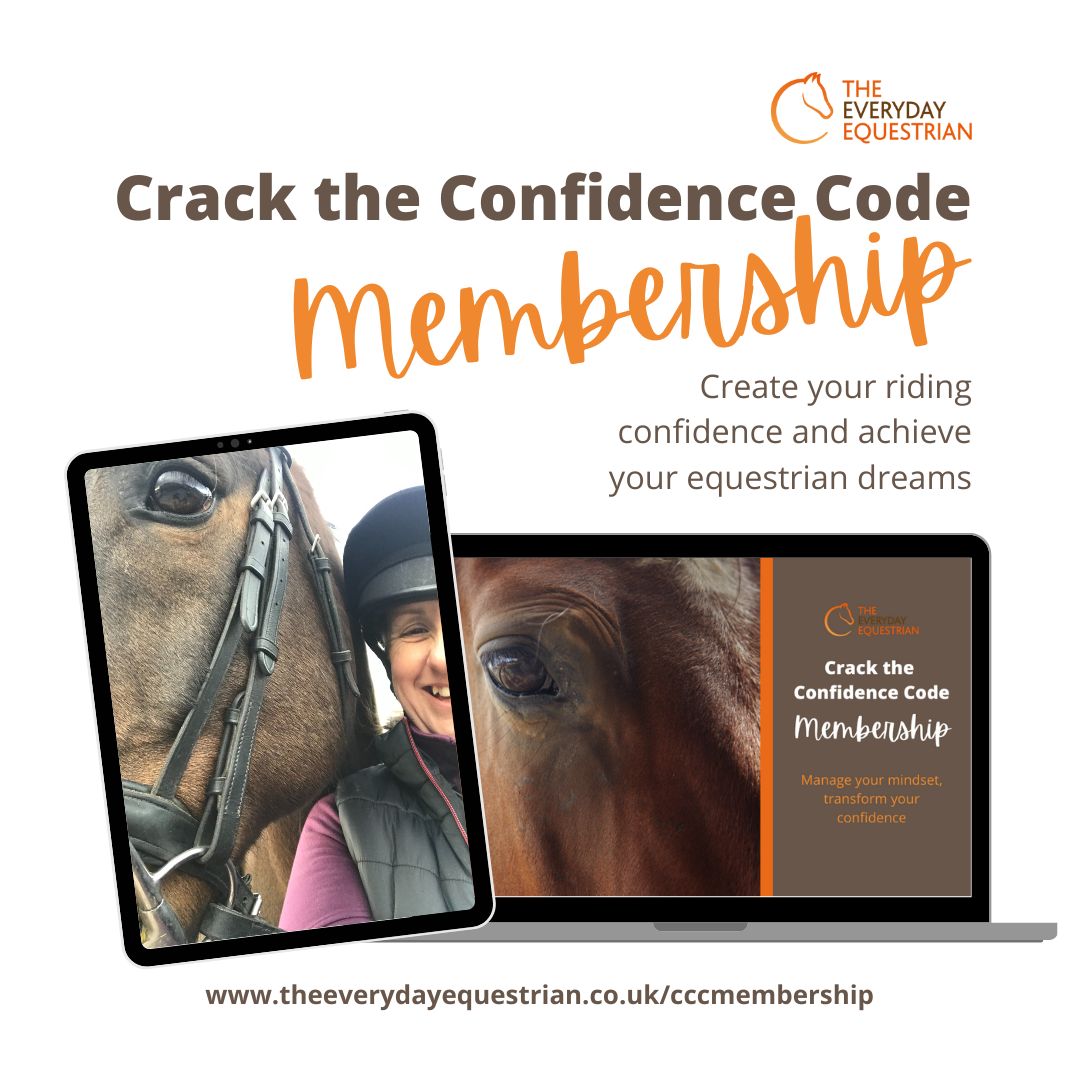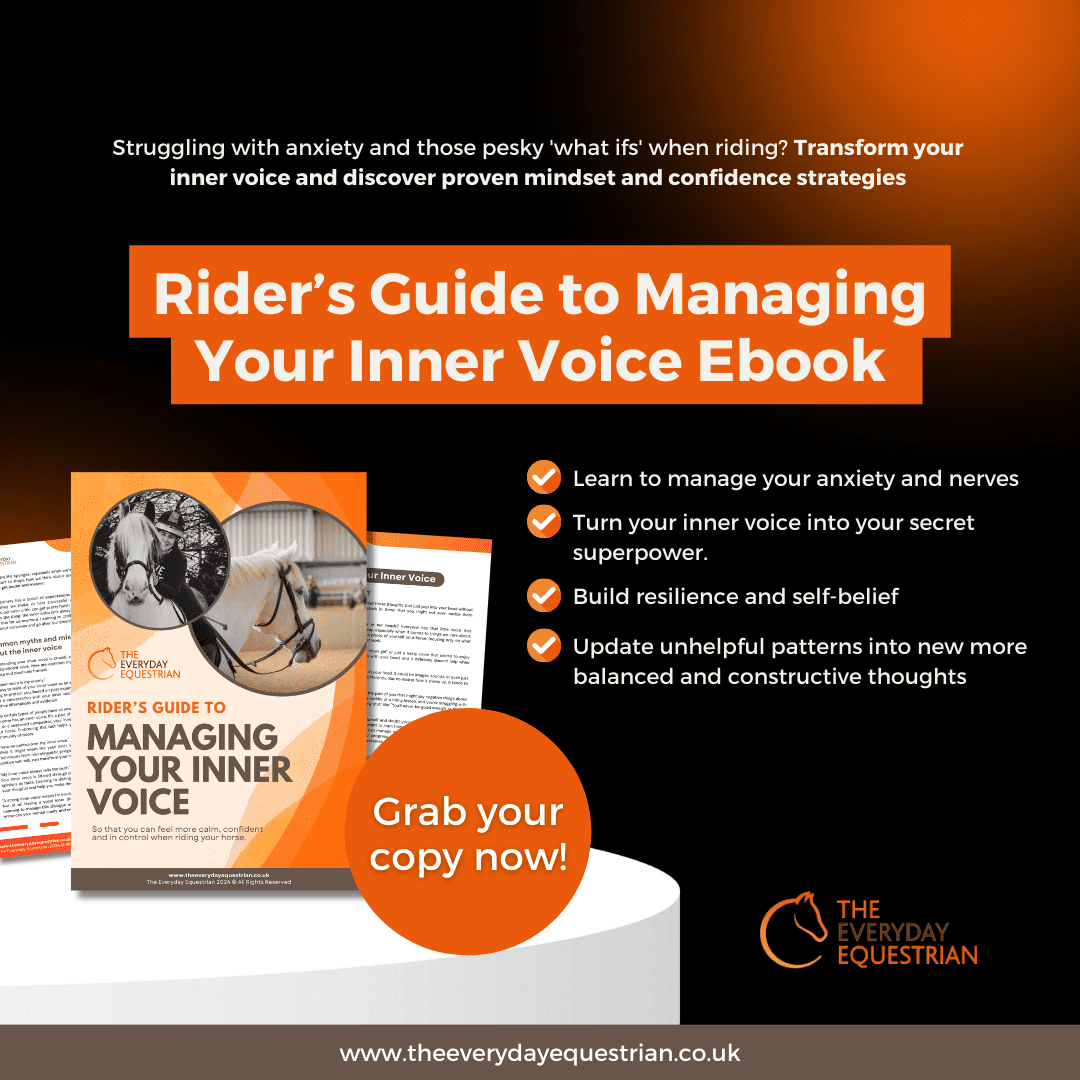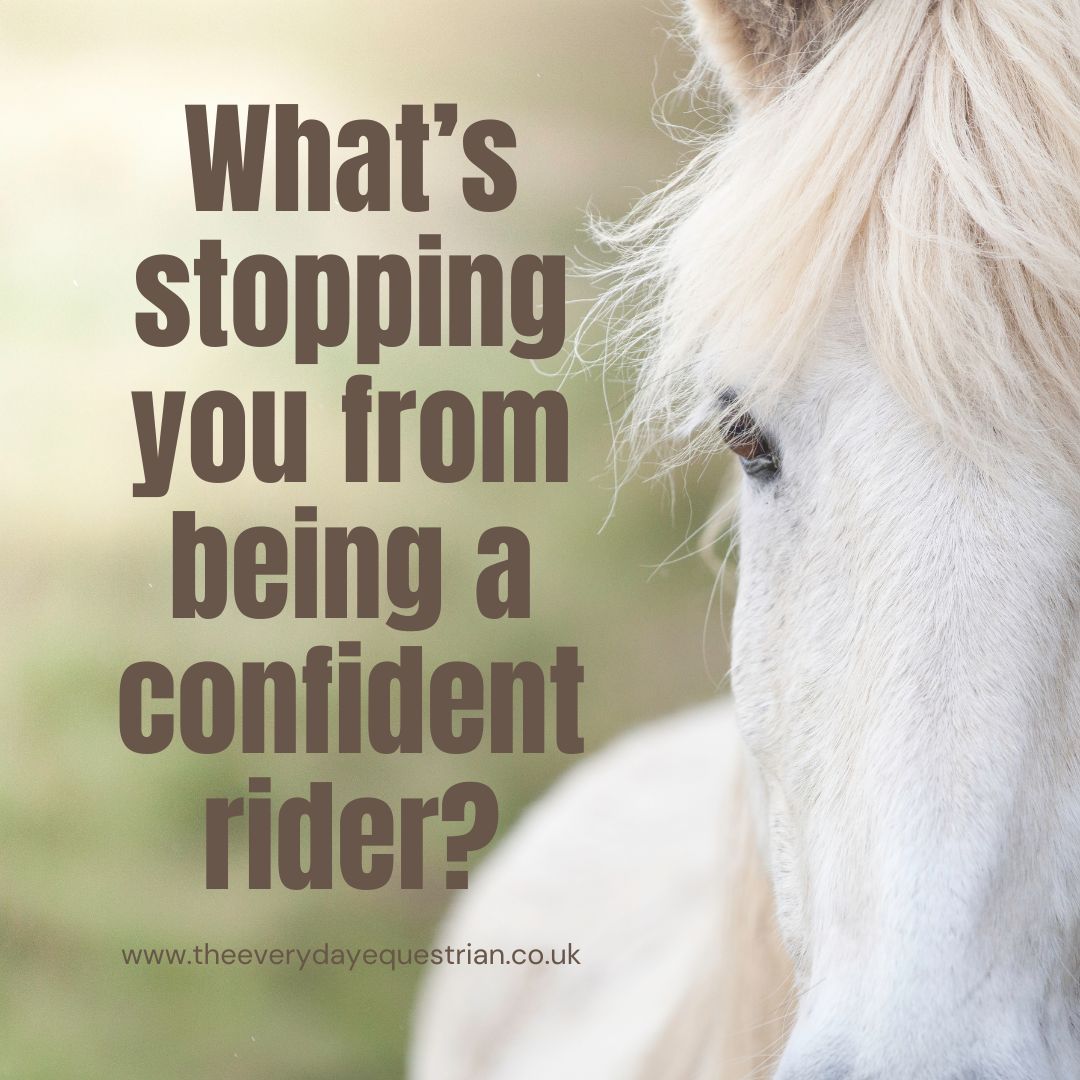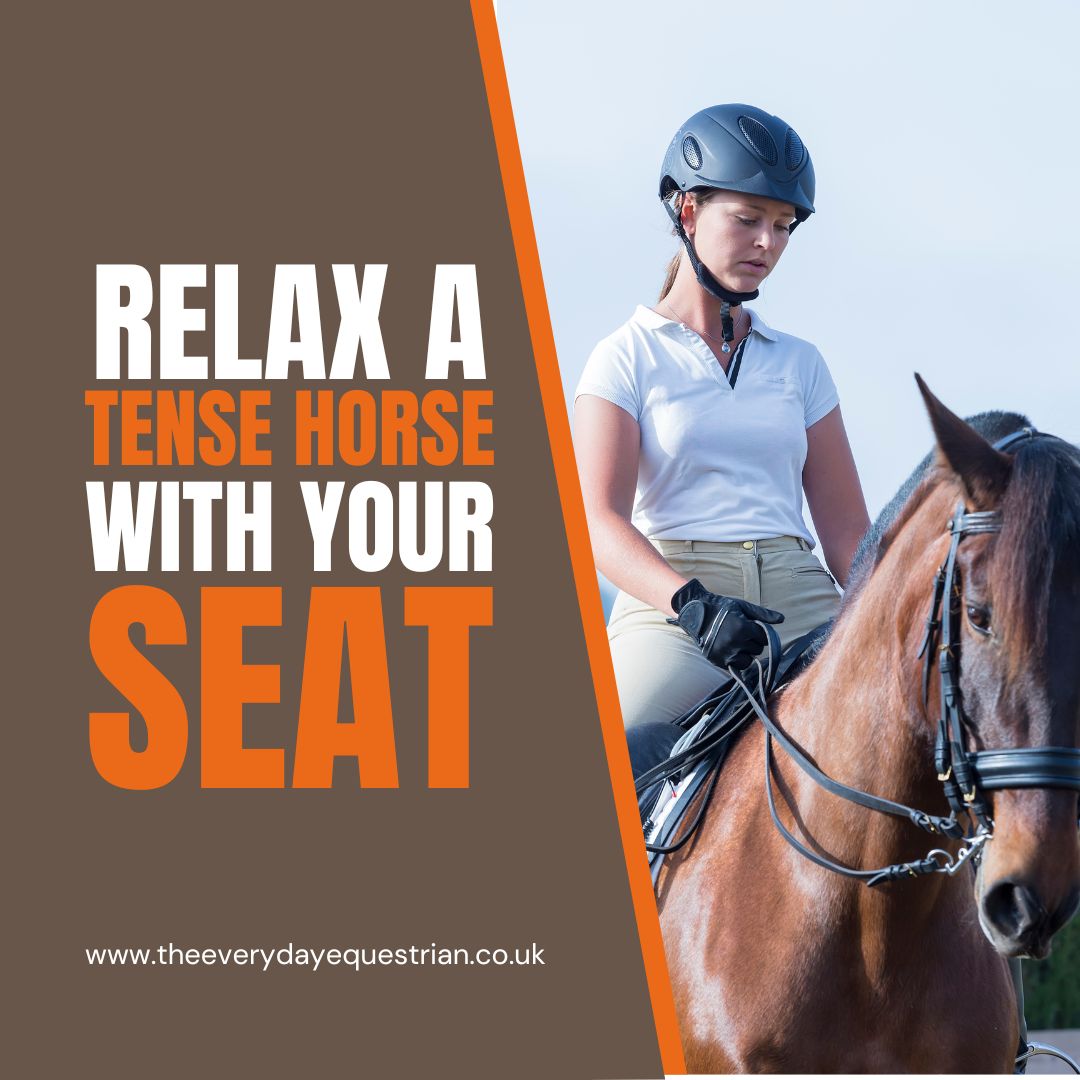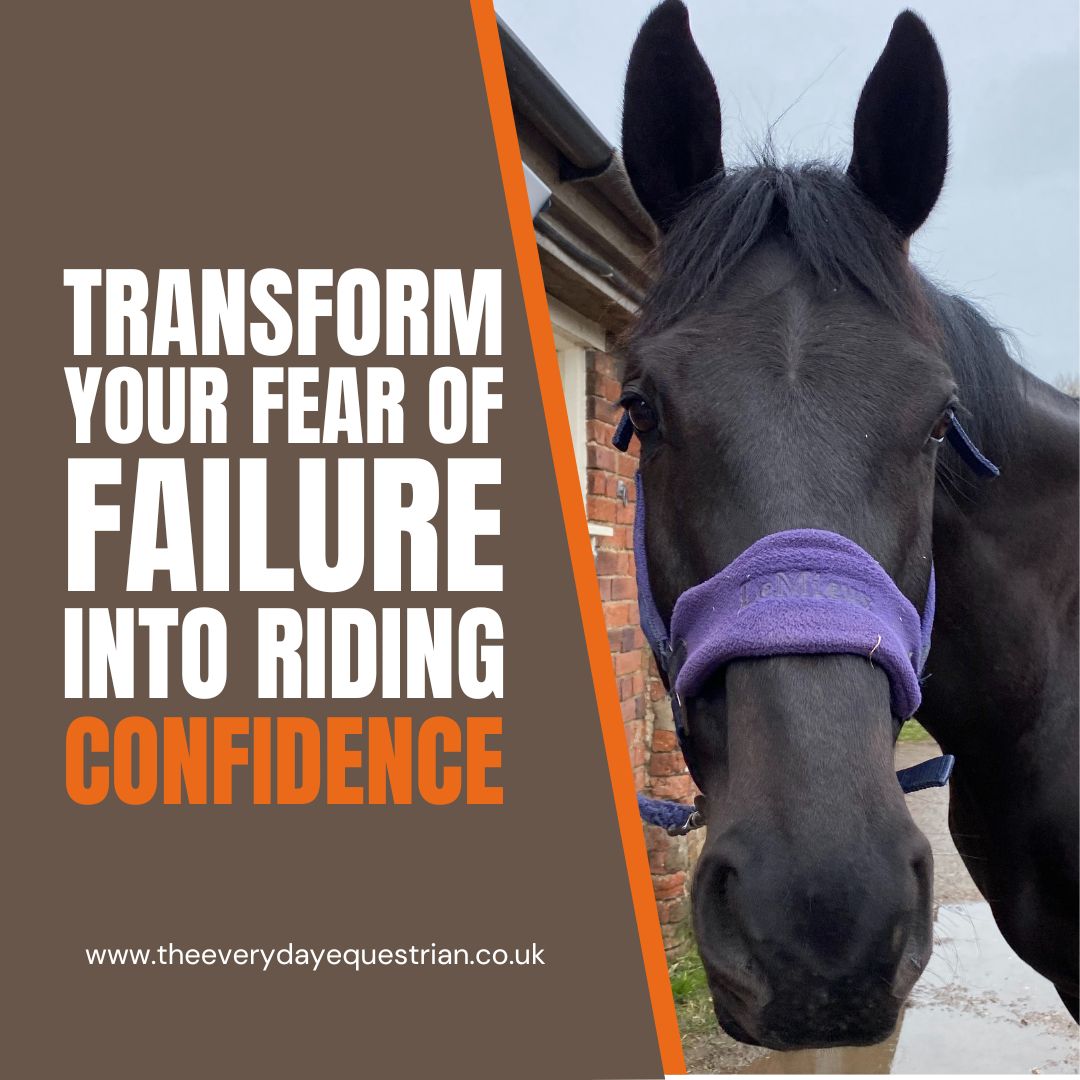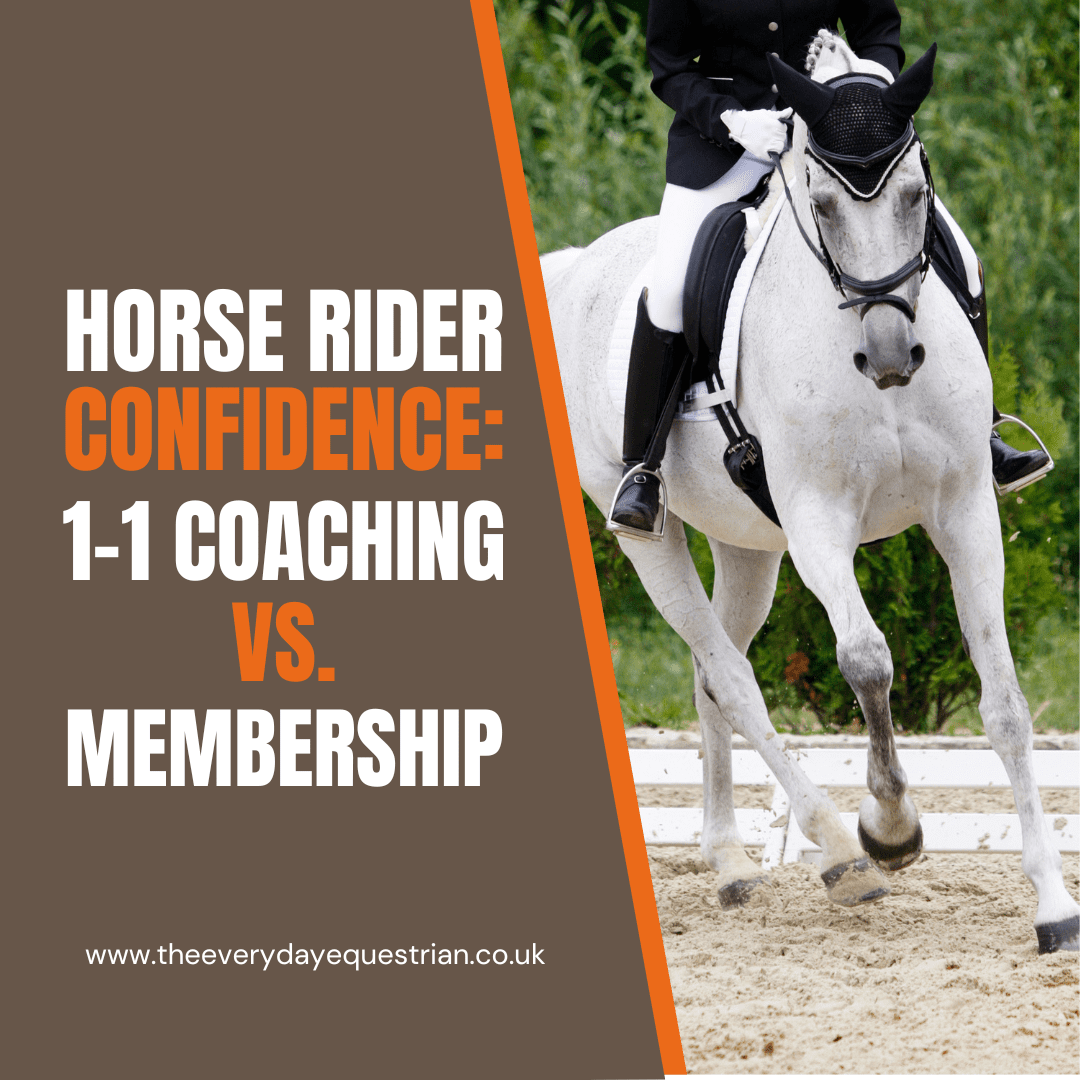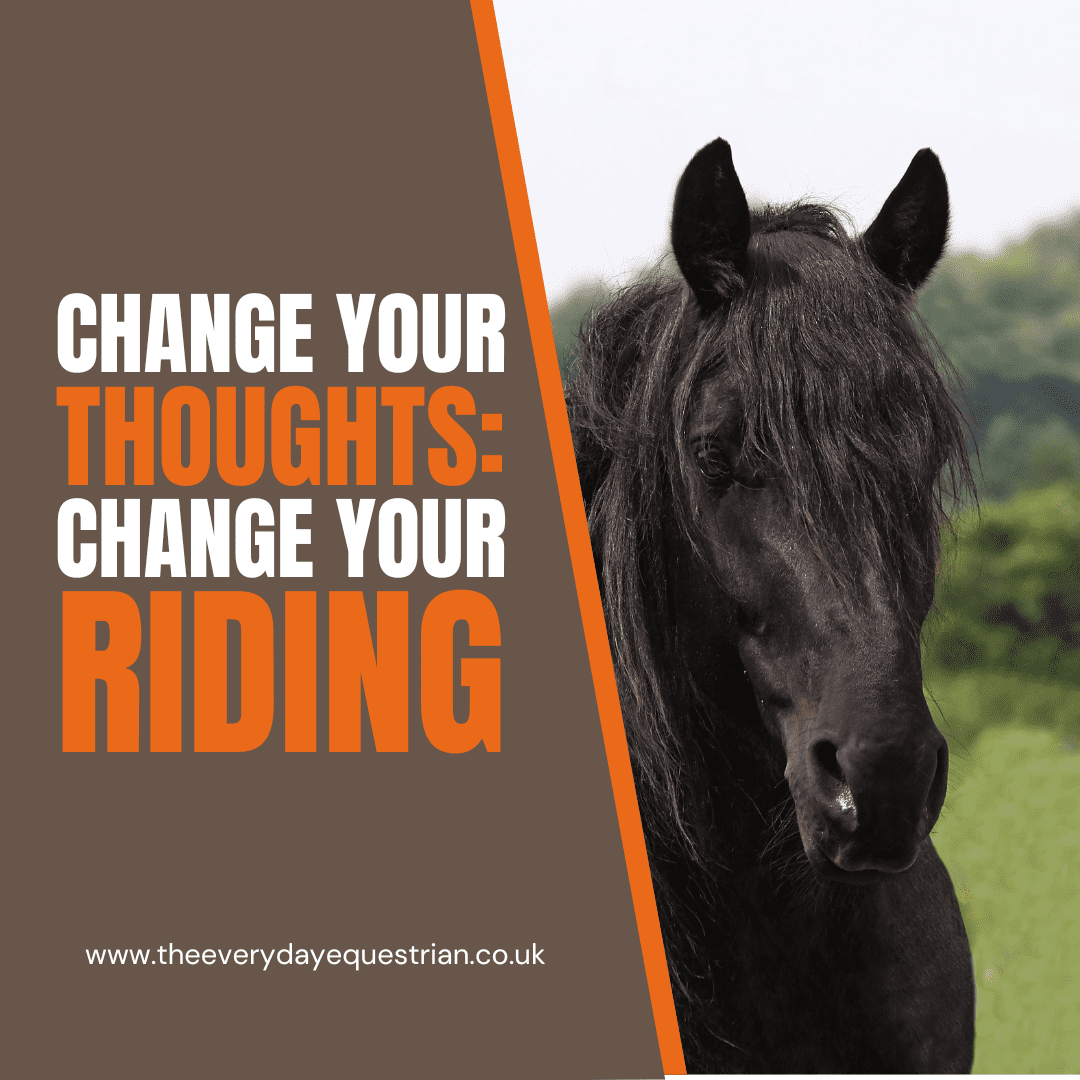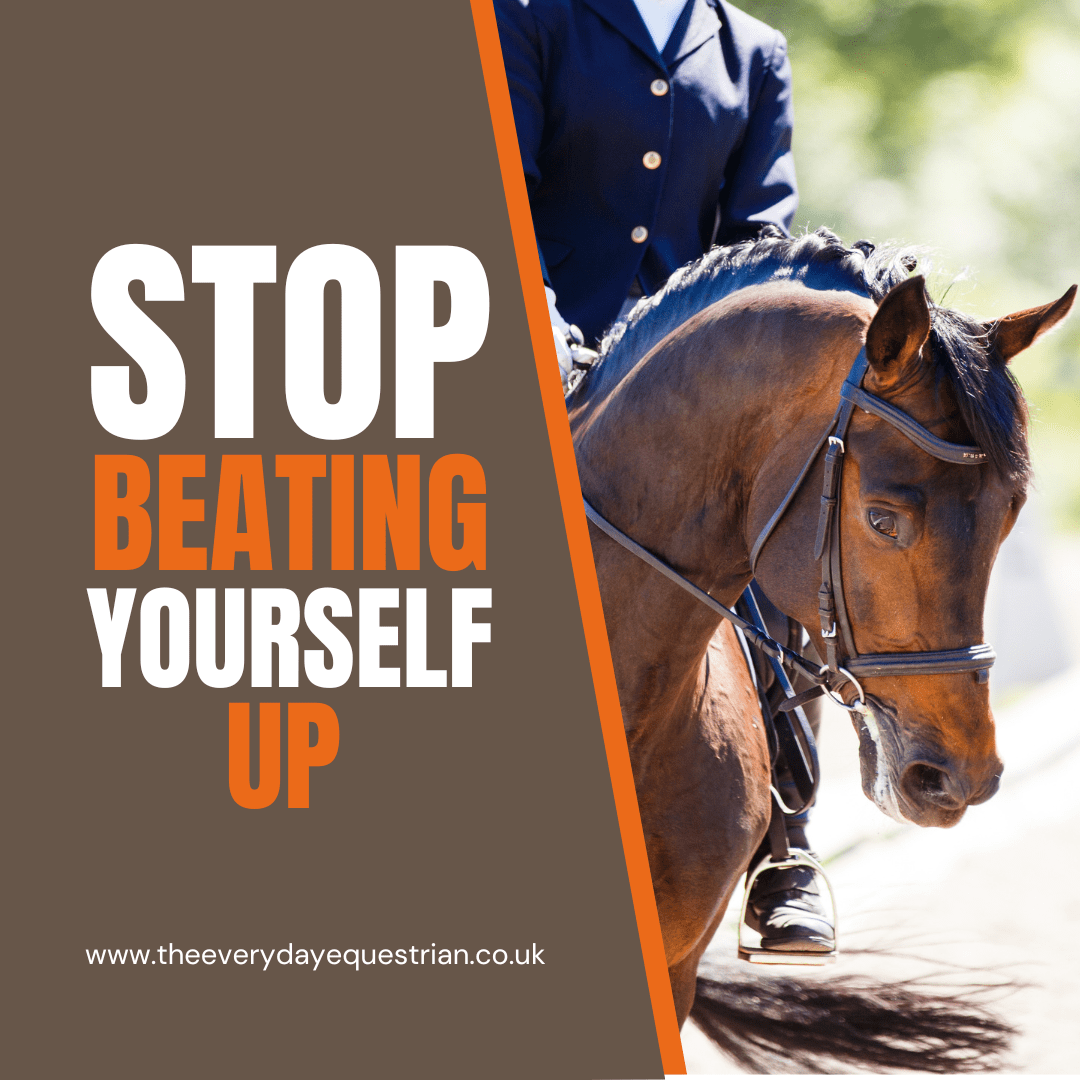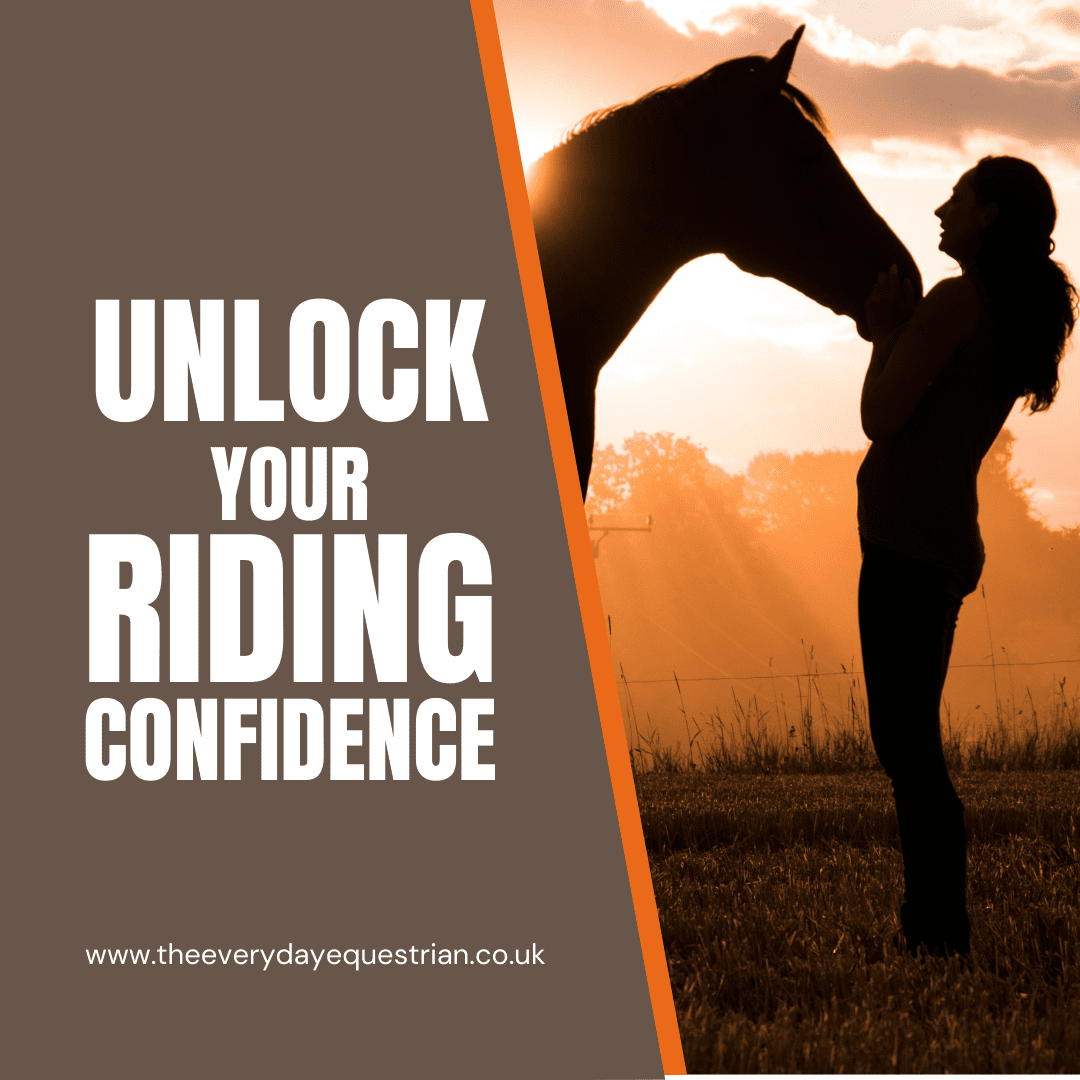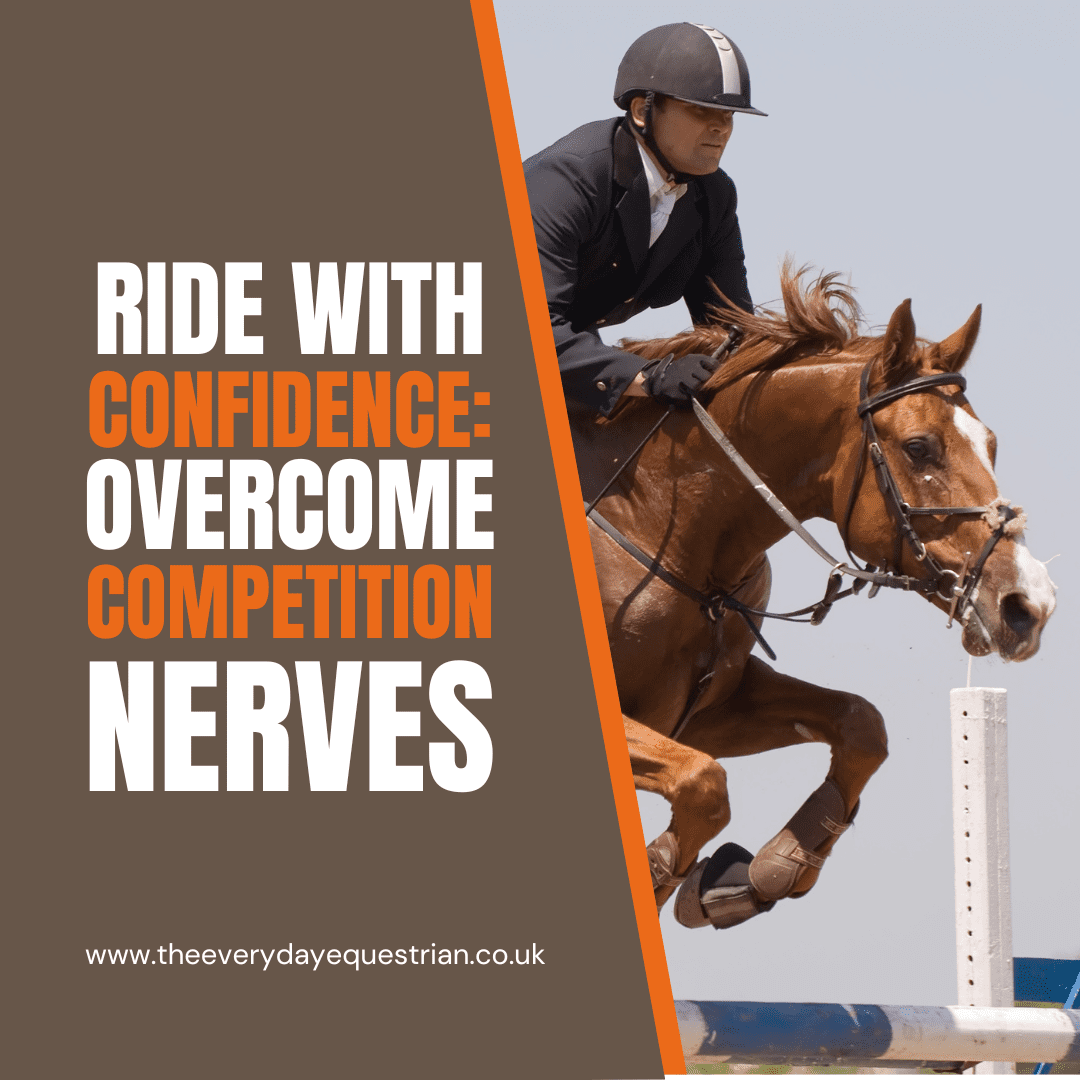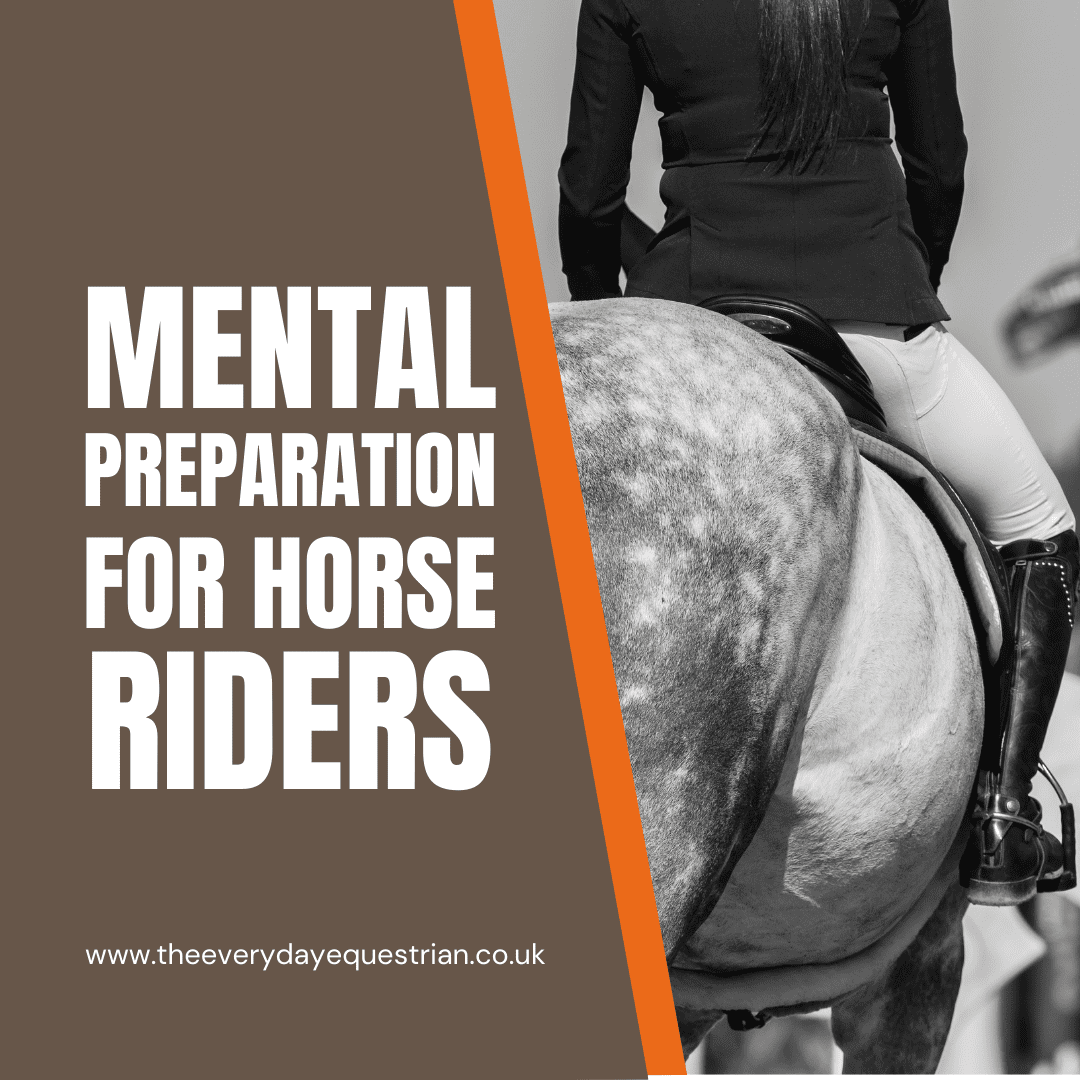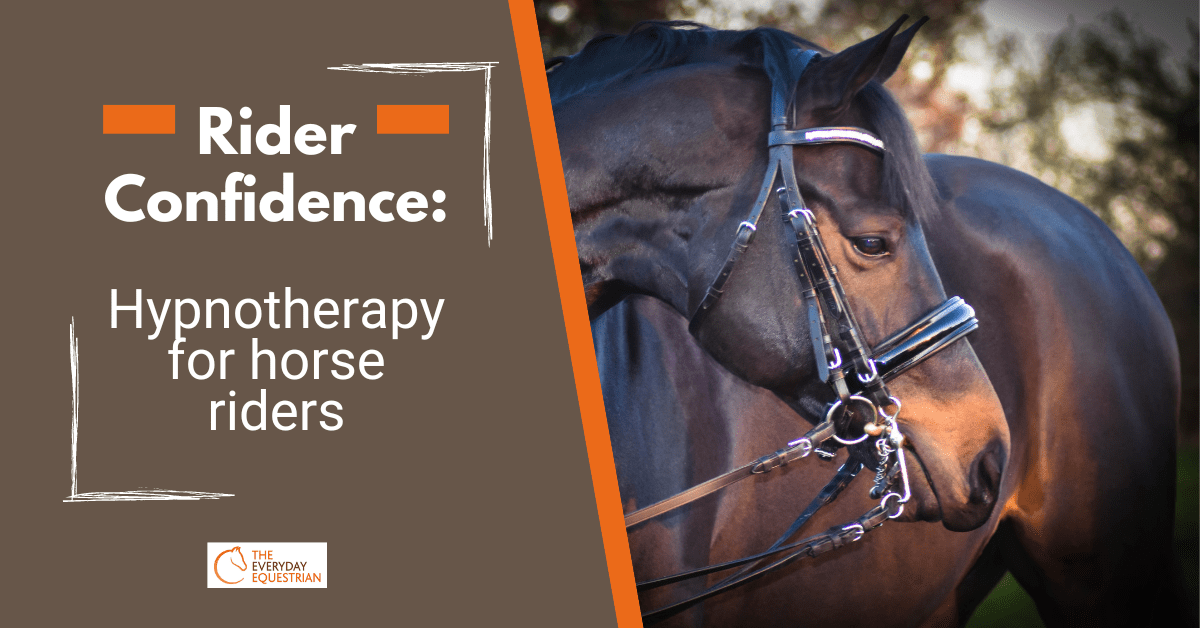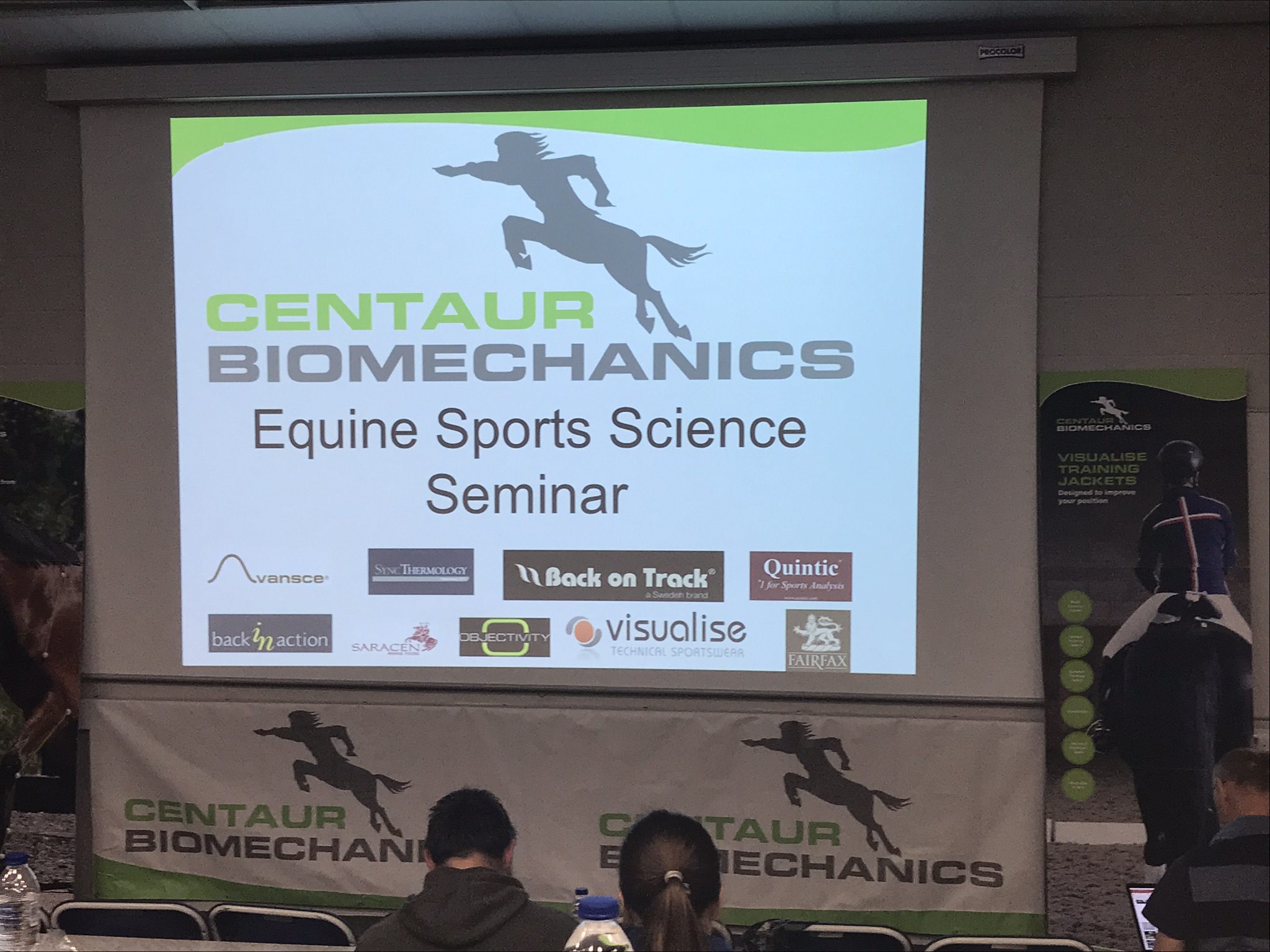
Centaur Biomechanics Equine Sports Science Seminar – October 2018
It was a real pleasure to attend this conference day at Hartpury College; it’s just the kind of thing I love doing! It is so important to keep up-to-date with research and hear it “from the horse’s mouth” (sorry!), so that we can share knowledge and understanding around the industry.
The two primary speakers, Prof. Lars Roepstorff and Dr. Rachel Murray, were highly experienced and knowledgeable, offering some fascinating insights into a range of topics.
I couldn’t possibly explain everything I learned from the day (it’s even harder to try to decipher my notes…), but here are my highlights of the day:
Dr. Rachel Murray
- The suspensory ligament is tendon-like in its structured, being collagenous around the outside, but with a core of internal muscle
- There is greater risk of strain in the suspensory ligament in extended trot, than in collected trot; in other words, don’t keep asking for huge extensions in the paces of young horses!
- Symptoms of suspensory ligament strain can also show as poor muscle development in the back & hindquarters, along with sacroiliac joint pain.
- An increase of 1cm in toe length (compared with the correct toe length of the hoof) can have the equivalent effect on the horse as an increase of 50kg in rider weight
- Cross training your horse is essential to reduce the risk of repetitive overload injuries, i.e. suspensory ligament issues, tendon strain, muscle injury etc.
- Cross training could include: flatwork on a surface, pole work, raised poles, in hand activities, training on a variety of different terrain, hacking, hill work, fast work, and gymnastic jump training
- Make sure you allow a horse to physically & mentally recover following a hard training session – it takes between 48-96 hours for muscle to repair following a training session
- The horse’s core stability is essential to decrease the risk of injury
- When planning to increase muscle development & correct movement patterns, the overall aim is for the horse to develop stability through the body
- There are four steps to improve muscle development through rehabilitation:
- Remove pain – no horse will move correctly if he/she is feeling pain somewhere in their body
- Resolve muscle spasms/fibrosis
- Switch on the correct neuromuscular pathways
- Redevelop the horse’s core & muscles involved with correct movement
- It takes significant time and effort to rehabilitate a horse effectively & safely
Prof. Lars Roepstorff
- Prof. Roepstroff defined lameness in horses as “any asymmetry in the horse’s movement which is caused by pain”. This is such a clever explanation, but I suspect that it could also be developed to “any asymmetry in the horse’s movement which is, or has previously, caused pain”, which would also encompass asymmetrical and compensatory movements which have developed & become habitual over time… but that’s just my musings…
- Asymmetrical movement in the horse of less than 20-25% is really difficult to detect with the naked eye, which is why objective lameness assessment using marker-based systems is so valuable to vets.
- There are three things which will impact (no pun intended) of the interaction of the hoof with the ground (surface):
- Impact forces (the forces involved with the deceleration of the hoof when it comes into contact with the ground)
- Loading forces (the forces when the hoof & limb are carrying the bodyweight of the horse)
- Propulsive forces (the forces involved with the hoof ‘pushing off’ from the ground)
- There are no evidence-based ‘safe levels’ for equestrian arena surfaces
- There is a researcher in America who has designed & created the world’s first mechanical ‘horse hoof’, which is used to test & establish exactly what happens when the horse’s hoof hits the ground
- There are a number of key characteristics of equestrian artificial arena surfaces, which impact on hoof dynamics & function:
- Impact firmness (basically the characteristics of the top layer of surface)
- Cushioning (i.e. what is the maximum load that the surface can take while maintaining its properties? This equates to the middle layer of the surface)
- Responsiveness (i.e. elasticity of the surface)
- Grip (the surface needs to reduce slip, but at the same time allow slip!)
- Uniformity (i.e. how consistent is the surface?)
- According to Prof. Roepstorff, “there are no poor surfaces, only poor use of surfaces”. Personally I’d add something else to this quote… “and poor maintenance of surfaces”…
- Prof. Roepstorff also presented unpublished research in relation to the athletic requirements of riders & their training, where he discussed evidence of the impact of rider’s foot balance on the limb & pelvic stability
I made so many notes on the day, and wish I could remember every little detail! However there were lots of really interesting points, and serious scope for greater research. What’s the phrase… “the more you find out, the less you know?”
